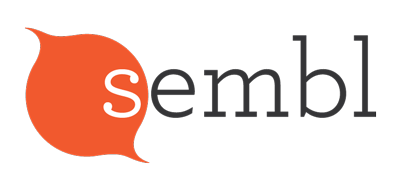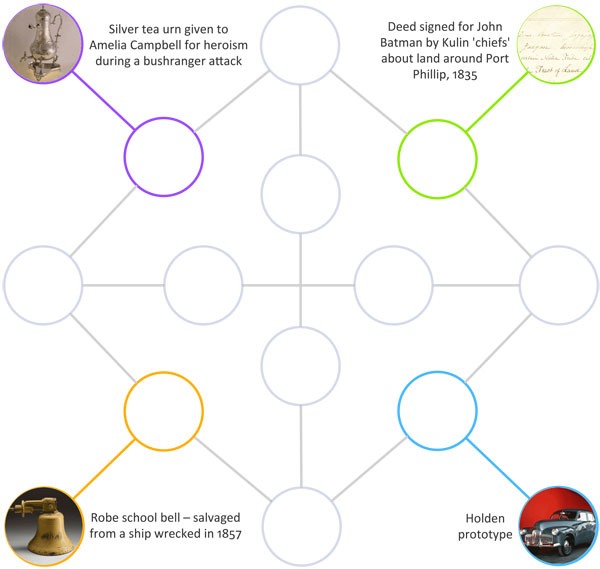A steampunk device
Very early on, our trusty developers had the idea to figure Sembl as a machine. Seeing as it’s an iPad app, we started to think about it as a handheld device, made of wood and metal, so *of course!* it wasn’t long before we started to draw on the wonderful steampunk zeitgeist for inspiration.
I wondered how faithful we could be to the figure of the device – how plausible (in a non-slavish way, of course) – so I started to sketch.

Above is a rough (and dodgy!) early sketch of the spine of the device, where teams will register to play. Below is me dreaming up how a node on the gameboard might change as it becomes available and then filled with an object.

These are early ideas; they may well be superseded by those of the visual designers… but drawing in this way helped me to think through the visual dynamics of gameplay and, yep, fed my already substantial enthusiasm for this project!

